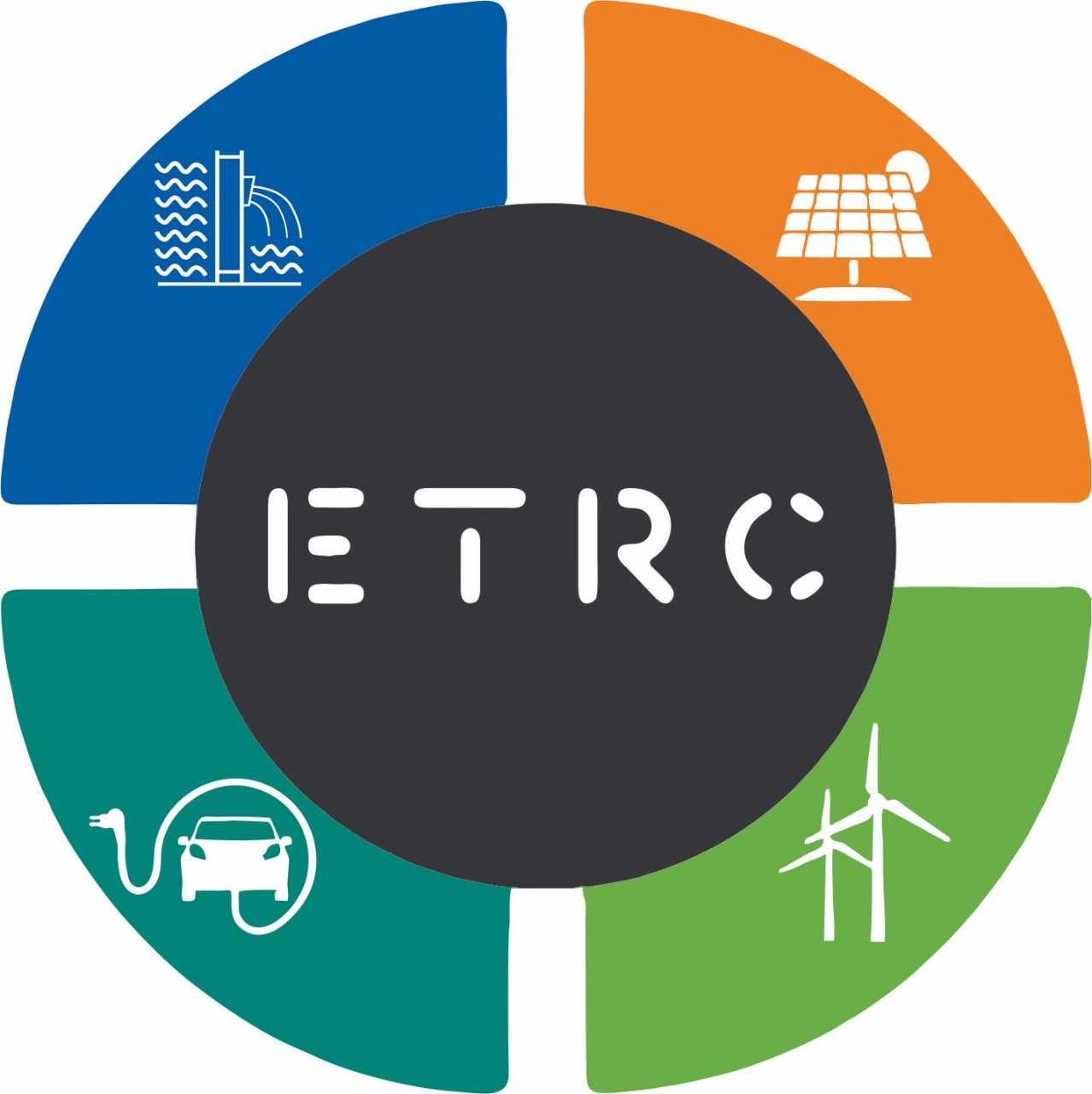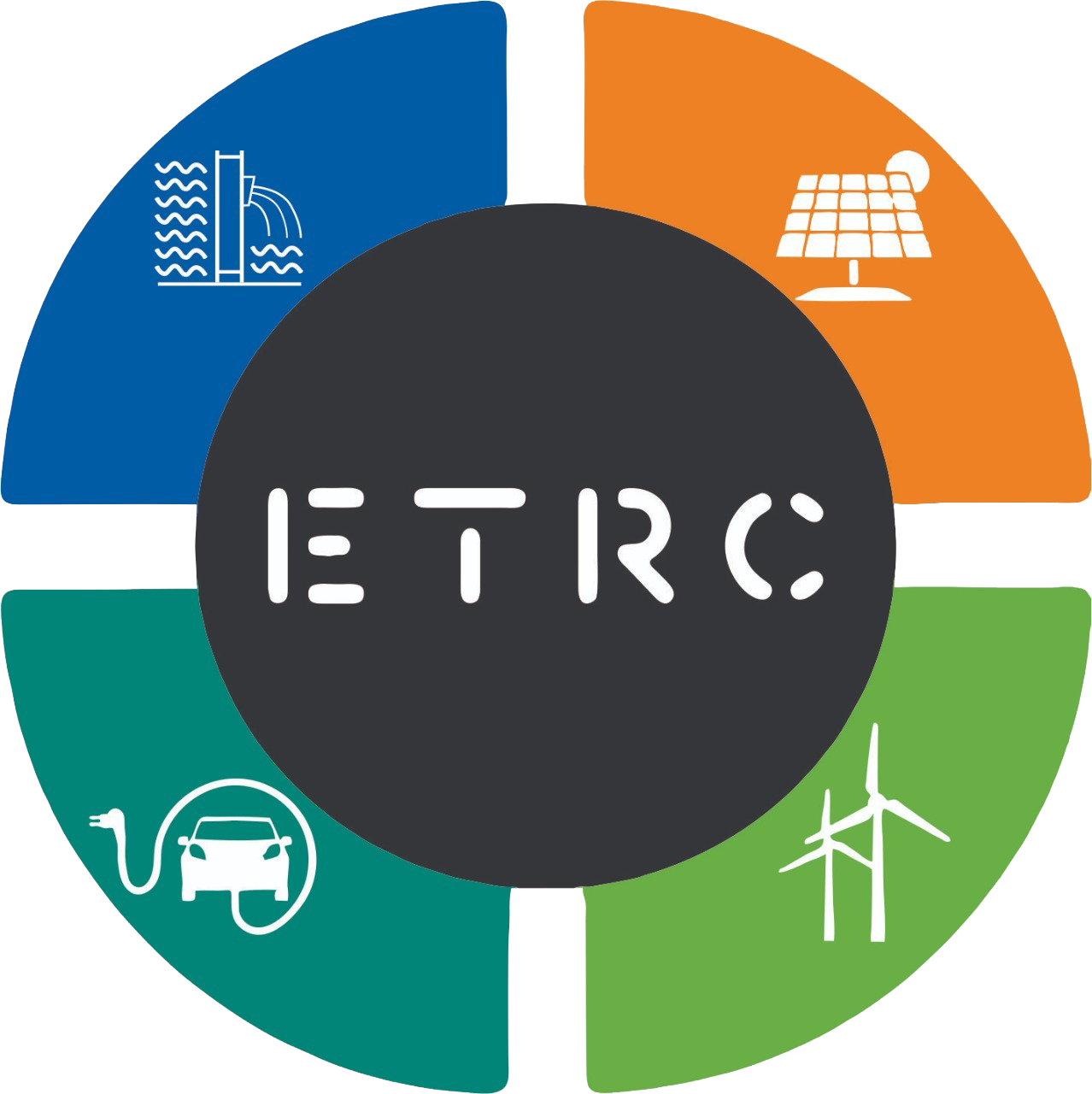In the above equation, we solve for y, which is the yield to maturity of the bond. Note that because a perpetuity is not redeemable and pays no principal, a perpetuity has no yield to maturity since it never matures. This formula can calculate the yields of any financial instrument sold at a discount. We can call this the federal taxable equivalent yield, but note that if you live in the municipality of the bond issuer, then the bond may be free of state and local taxes as well. Considering these factors gives you an edge in anticipating changes in YTM and aligning your investment strategy with the current market. The Consumer Price Index (CPI) serves as the most widely recognized measure of inflation in the United States.
What is the yield to maturity of a $1000 7% bond?
This is because newly issued bonds offer higher yields, making existing bonds with lower coupon rates less attractive. Consequently, the YTM of existing bonds increases to reflect this reduced price. Conversely, falling interest rates typically increase bond prices, resulting in a lower YTM. This is because lower interest rates increase the relative value of existing bonds with higher coupon rates.
Because bonds trade in the secondary market, they may sell for less or more than par value, yielding an interest rate that differs from the nominal yield, called the current yield, or current return. Since bond prices move oppositely of interest rates, bond prices decrease when interest rates increase, and vice versa. Suppose you want to sell the bond, but since you bought it, the interest rate has risen to 10%. You must sell your bond for less than what you paid, because why will somebody pay you $1,000 for a bond that pays 8% when they can buy a similar bond with an equal credit rating and get 10%. So to sell your bond, you must sell it so that the $80 annual interest payment will be 10% of the selling price — in this case, $800, $200 less than what you paid for it. If the market interest rate of a new bond issue is lower than what you are getting, then you can sell your bond for more than par value — you will be selling your bond at a premium.
Example: Formula for Finding the Annualized Effective Compounded Rate of Interest for a Discounted Note
To calculate the YTM of a $1,000 bond with a 7% coupon rate, let’s assume the bond is trading at $980 and has 10 years until maturity. By considering necessary elements, the YTM calculator provides a more accurate picture of a bond’s true yield, making it an invaluable asset for investors and financial analysts alike. Yield to maturity is important because it provides a measure of the return an investor can expect from a bond. You can use the yield to maturity calculator below to work out both the YTM and the current value of a bond investment.
How to Calculate Yield to Maturity (YTM)?
YTM calculations provide a standardized measure for comparing the potential returns of different bonds. This allows investors to make more informed choices, aligning their investments with their risk tolerance and financial goals. While YTM offers valuable insight, it’s crucial to consider other factors such as credit rating, market conditions, and the issuer’s financial health. Understanding how to calculate ytm bond provides a powerful foundation for successful bond investment. The calculations help quantify the potential profitability of each bond and inform sound investment decisions. Fortunately, financial calculators and spreadsheet software offer efficient solutions for how to calculate the YTM.
The yield to worst (YTW) is the lowest possible yield on a bond, assuming the issuer will not default on any of its payments. YTW is especially appropriate for bonds where the issuer exercises options such as calls, prepayments, and sinking funds. This calculation indicates an approximate YTM of 7.27%, slightly higher than the coupon rate due to the bond trading at a discount.
Understanding the Limitations of the Approximation Method
The exact YTM would be provided by these tools and would reflect a more precise answer than the approximation method described previously. Mastering how to ytm approximation formula calculate the YTM is an essential skill for any bond investor. The YTM is a key indicator of a bond’s return, taking into account both the coupon payments and the capital appreciation or depreciation from the difference between the purchase price and the face value at maturity. Therefore, learning how to calculate the YTM correctly is crucial for making informed investment decisions. Yield to maturity (YTM) represents the total return an investor can expect from a bond if it’s held until maturity.
The approximation method offers a simplified approach to understanding how to calculate ytm bond, yet it’s crucial to acknowledge its inherent limitations. The YTM calculated via approximation is not perfectly accurate and serves as an estimate rather than a precise figure. This deviation arises from the method’s inherent simplification of the complex relationship between bond price, coupon payments, and time to maturity.
For example, if a bond is trading at a discount (below its face value), its YTM will be higher than its coupon rate. Conversely, if a bond is trading at a premium (above its face value), its YTM will be lower than its coupon rate. The interaction of coupon rate, current market price, and time to maturity are important elements when considering how to calculate ytm bond. It’s also important to understand how these components affect bond valuation and investment returns. Knowing how to calculate ytm bond is important to make informed investment decisions. It provides a standardized measure of return, facilitating comparisons between various bonds with different features and maturities.
This comprehensive guide explains how to calculate YTM bond yields accurately and efficiently, empowering investors to make sound financial choices. The process of learning how to calculate ytm bond involves understanding several key factors, which are discussed in detail below. This guide will teach you how to calculate ytm bond, enabling more informed investment strategies. Yield to Maturity (YTM) is a crucial concept in bond investing, as it helps investors evaluate bond performance and make informed investment decisions. In essence, YTM represents the total return an investor can expect to earn from a bond if they hold it until maturity.
- This calculation requires solving for the interest rate in a present value formula.
- To calculate the YTM of a $1,000 bond with a 7% coupon rate, let’s assume the bond is trading at $980 and has 10 years until maturity.
- Meanwhile, BBB-rated bonds ranged from approximately 4.72% for 1-year to 5.47% for 10-year maturity.
- Finally, the maturity date marks the end of the bond’s life, at which point the issuer repays the face value to the investor.
The most common reason an issuer calls a bond early is to refinance during low-interest rates or reduce the percentage of debt in the capital structure. Suppose you purchased a bond with a face value of $ 120, with a period of 7 years. The interest coupon rate is 12% and the issue price of the bond at 1000. When the Fed raises its target rate, borrowing costs throughout the economy tend to increase, pushing bond yields higher. When you venture into bond investing, knowing typical yield ranges helps set realistic expectations.
Because of this threat, investors factor inflation expectations into the yield they require. Higher inflation expectations typically push bond yields higher across the curve as investors demand greater compensation to maintain their real (inflation-adjusted) returns. Credit rating agencies like Standard & Poor’s (S&P), Moody’s, and Fitch evaluate the financial health and creditworthiness of bond issuers.
- The lower the credit rating of the corporate bond, the greater the interest the corporate bond must pay to entice investors away from safe, risk-free Treasuries.
- However, the bondholder must redeem the bond before maturity at the earliest call date.
- When the bond is priced at par, the coupon rate equals the bond’s interest rate.
- Knowing how to calculate ytm bond is important to make informed investment decisions.
- Essentially, YTM is a predictive tool, while total return reflects real outcomes based on market conditions and your actions.
Yield to Maturity Calculator
Though it is a complex process, it is useful for both the business as well as investors who can judge whether the investment is profitable and a better option as compared to another form of investment. In the final part of our bond rate of return analysis exercise in Excel, the only remaining step is to convert our semi-annual YTM to an annual percentage rate, i.e. the annualized yield to maturity (YTM). Yet, the YTM’s assumptions that all coupon payments are made as scheduled, and that interest is reinvested at the same rate are nonetheless risky, simplified assumptions.
This tells us that the yield to maturity must be higher than the coupon rate of 8%. We select an annual discount rate above 8%, say 8.5% (which corresponds to periodic discount rate of 4.25%). At this rate, the present value of bond cash-flows (right-hand side) works out to $966.76. This is the most accurate formula because yield to maturity is the interest rate an investor would earn by reinvesting every coupon payment from the bond at a constant rate until the bond reaches maturity. In simple terms, YTM is the discount rate that makes the present value of the future bond payments (coupons and par) equal to the market price of the bond plus any accrued interest. During a recession, investors become more concerned that the risk of default will increase since recessions can cause financial difficulties for companies.


